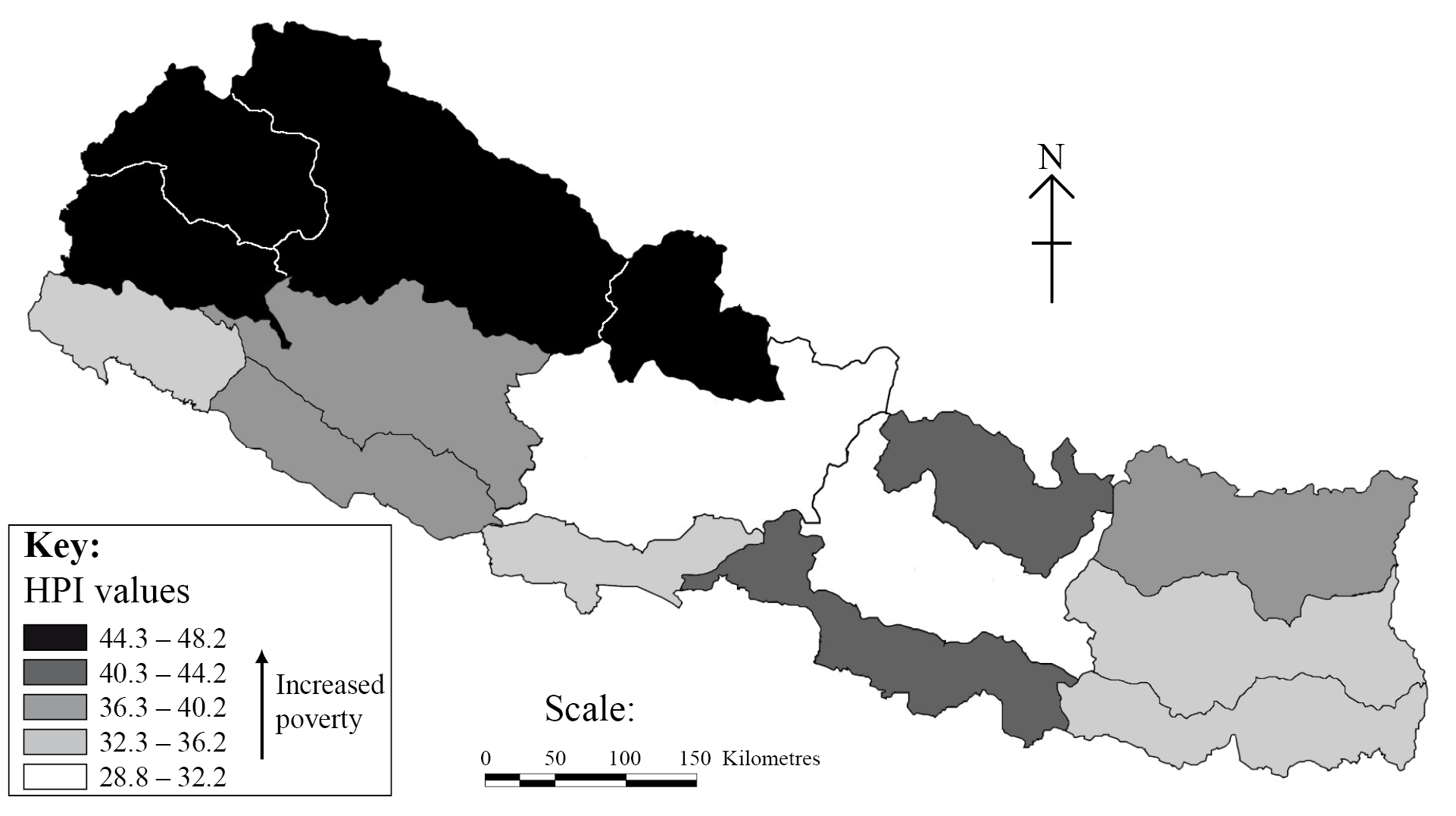| Date | May 2012 | Marks available | 5 | Reference code | 12M.1.bp.3 |
| Level | SL and HL | Paper | 1 | Time zone | |
| Command term | Explain | Question number | 3 | Adapted from | N/A |
Question
The graph shows the carbon dioxide (CO2) emissions and population for selected countries and the rest of the world as a percentage of world totals.

[Used with permission]
Identify which country or region has the lowest emissions of CO2 per person.
Explain why some countries have higher CO2 emissions per person than others.
Explain the relationship between atmospheric greenhouse gases and the temperature of the Earth’s surface.
Markscheme
India.
Emissions are related to factors such as industry, manufacturing, energy demands, economic growth, standard of living, sources of energy, transport needs, climate (heating/cooling) and levels of consumption.
Award 1 mark for each valid idea with a further 1 mark for development and/or exemplification, up to the maximum 4 marks available.
Full marks should only be awarded if it is clear that the response is talking about per capita emissions.
Greenhouse gases in the atmosphere include carbon dioxide, water vapour, methane, nitrous oxide, and tropospheric ozone. Award 1 mark for correctly identifying two or more greenhouse gases. Award a further 1 mark for correctly identifying the relationship between greenhouse gases and the Earth’s surface temperature. Award 3 marks for an accurate explanation of how the greenhouse effect works: incoming solar/short-wave radiation; outgoing terrestrial/long-wave radiation; absorbed/trapped by the greenhouse gases.
There may be alternative valid approaches, for example, a historical analysis of the relationship, or an annotated diagram. These should also be awarded marks appropriately.
Examiners report
Most candidates had the correct answer (India) here, but a surprising number wrote Japan.
Many candidates did not refer to emissions per person and this limited the marks that could be awarded. Car usage seemed to dominate answers and few went as far as considering the impact of regulation and clean fuel initiatives.
On the whole the process of the enhanced greenhouse effect was explained well, but a considerable number of candidates were unable to differentiate between ozone depletion and the enhanced greenhouse effect and so offered muddled answers. It was very encouraging to see a number of candidates answer this question with an annotated diagram.

